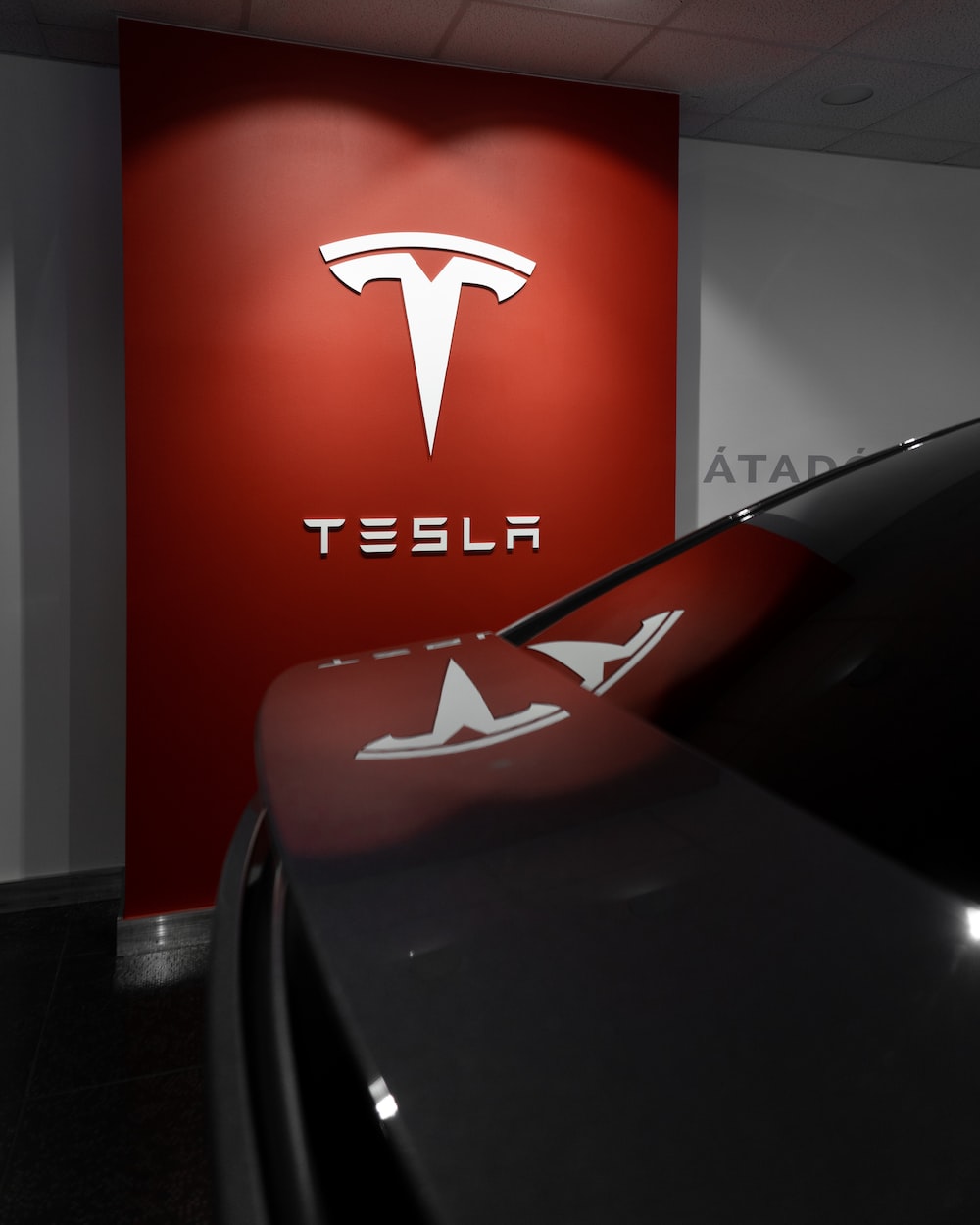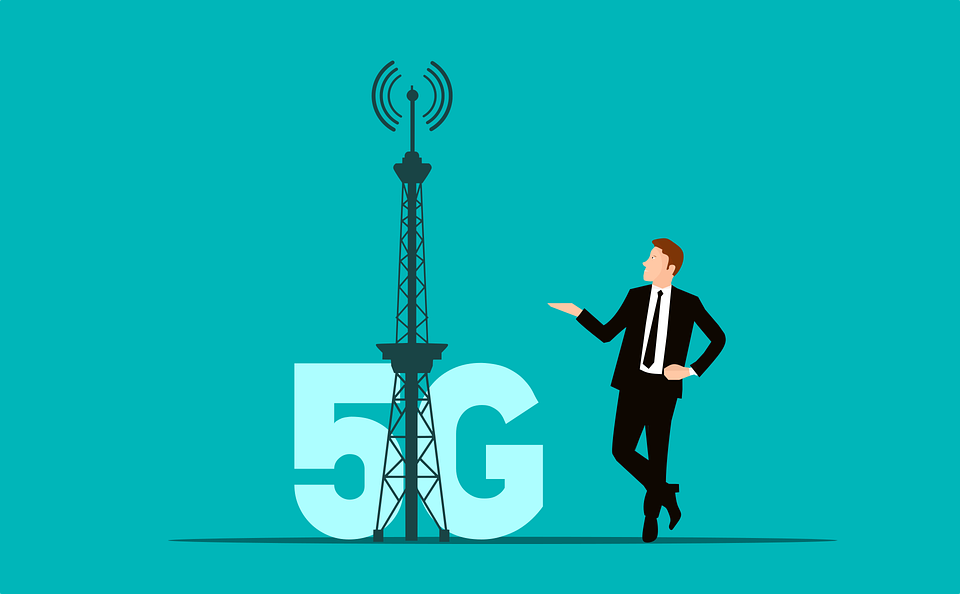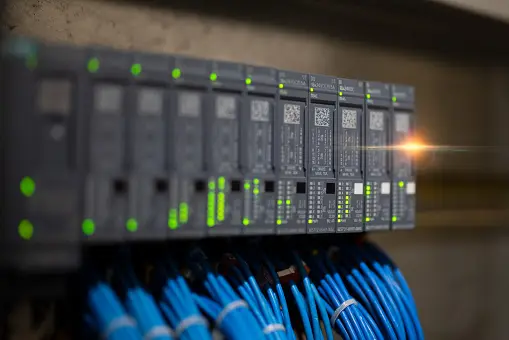by Paul Matthews, Chief Executive of CIO Studio
Among the tech trends that have attracted a great deal of hype in recent years is ‘edge computing’ - putting processing power and data closer to the user. So, what is it and why does it matter to your business?
Among the tech trends that have attracted a great deal of hype in recent years is ‘edge computing’ - putting processing power and data closer to the user. So, what is it and why does it matter to your business?
Edge Computing in 2023
In many ways, edge computing seems to go against the trend of migration to cloud platforms, where applications and data are being migrated from on-premises infrastructure to centralised platforms like Microsoft Azure, AWS, Google Cloud, and private cloud infrastructure operated by the likes of Datacom and Spark.
With AWS, Microsoft, and Google all investing in local data centres that will come online in the next 12 months, the public cloud migration push will be more intense than ever.
But the rise of real-time computing applications that rely on low-latency connections, and a desire to cut bandwidth costs and keep certain data in highly-secure locations, is driving simultaneous interest in edge computing, which at its simplest can mean a small computing device or server rack configured to collect and serve up data to users on a local basis.

What is edge computing?
Edge computing is a decentralised computing model where data processing and storage are performed closer to the edge of the network, near the source of data generation or the end-user devices, rather than relying on a centralised cloud or data centre.
This approach brings computation and data storage capabilities closer to where they are needed, reducing latency, improving real-time data processing, and reducing the volume of data that needs to be transmitted to the cloud.
Analyst group Gartner predicts that by 2025, more than 50% of enterprise-managed data will be created and processed outside the data centre or cloud. That scenario is likely true for New Zealand enterprises, as they’ve been slower to embrace the cloud than businesses in Europe, Asia and North America.
But edge computing will account for a small but rapidly growing segment of data creation here as it emerges alongside the ‘cloud-first’ approach many businesses and the entire government sector are now pursuing.
Spark is a major backer of edge computing through its push to establish a national Internet of Things (IoT) network allowing for data collected by sensors, cameras and intelligence networks to collect data on everything from kiwifruit crops to the electricity grid. The IoT Alliance is also fostering collaboration on edge computing locally.

While 5G mobile networks are being built out around New Zealand by our three mobile network operators, few consumers have been presented with compelling use cases to take advantage of the higher data transfer speeds the latest generation of the technology offers.
But edge computing can make good use of 5G to transfer data between devices in a local region, a town, or even just across a factory floor. With ‘network slicing’, 5G operators can allocate dedicated mobile bandwidth to customers.
For example, sports stadium may reserve bandwidth for the use of guests during a big game, or the police could claim dedicated mobile capacity for a localised security operation, such as during last year’s occupation of Parliament.
AI on the Edge
Overseas, edge computing is gaining traction in automating factories, in hospitals for secure and quick access to patient data, and in retail outlets, where insights into shoppers’ behaviour can be gathered in real-time.
Artificial intelligence will increasingly feature in edge computing systems. While training large language models requires access to extensive computer processing power that can only be accessed in large data centres, AI algorithms can be deployed to edge systems and applied to data collected locally.
Our use cases in Aotearoa will be a slightly different mix, compared to larger industrialised nations. Spark sees big potential for its use in the primary sector, where it isn’t always practical to rely on data connections to cloud platforms.
Large companies like Fonterra, Fletcher Challenge, and Air New Zealand, will be able to use edge computing to more efficiently run local networks, ensuring more responsive services and saving on bandwidth costs in the process.
In the wake of Cyclone Gabrielle, there may be a case to be made for having access to critical data and communication services on the edge to improve resilience in rural communities, though the rise of satellite broadband services like Starlink somewhat reduces the need.
While cloud migration, application modernisation and leveraging AI and data analytics are likely further up the list of priorities for CIOs and business leaders, edge computing needs to be on their radar too, given its accelerating uptake and the compelling use cases that are emerging.
6 Reasons to champion edge computing
Here are six reasons why edge computing can deliver improved performance, security and features in certain applications:

Bandwidth optimisation:
Edge computing helps reduce the amount of data that needs to be transmitted to the cloud or data centre. Devices at the edge can perform initial data filtering, preprocessing, and analysis, sending only relevant or summarised information to the central infrastructure. This optimisation reduces bandwidth usage and lowers operational costs.

Enhanced privacy and security:
Some sensitive data may not be suitable for transmission and storage in the cloud due to regulatory requirements, security concerns, or the need to protect intellectual property. By processing data locally at the edge, businesses can maintain greater control over their data, ensuring privacy and security.

Offline and disconnected environments:
Edge computing enables applications to function in environments with limited or intermittent connectivity. By processing and storing data locally, businesses can continue to operate even when network connectivity is unavailable or unreliable. This is particularly useful in remote areas, on ships, or in industries such as tourism, mining and oil exploration.

Real-time analytics:
Edge computing allows businesses to analyse data at the point of generation, providing immediate insights and enabling real-time decision-making. This is beneficial for applications like predictive maintenance, remote monitoring, and anomaly detection, where timely analysis is crucial.

Scalability and cost efficiency:
Edge computing helps distribute computational load across multiple edge devices, reducing the burden on centralised systems. It allows businesses to scale their infrastructure more efficiently and cost-effectively by leveraging the computing resources available at the edge.
What does Edge Computing mean for NZ businesses then?
Overall, edge computing empowers businesses to process data closer to where it is generated, leading to faster response times, improved operational efficiency, reduced costs, and better utilisation of network resources.
While it may not be the answer or right fit for every business, sector and industry, new ways of working in digital are opening doors for edge computing to be tested in new environments.
If you aren't sure what this might mean for you, it's best to take a look at your entire process or business as a whole and see how digital could help you.
Paul Matthews is Chief Executive of CIO Studio, experts in managing technology change projects. Contact CIO Studio to find out how edge computing might be right for you.


